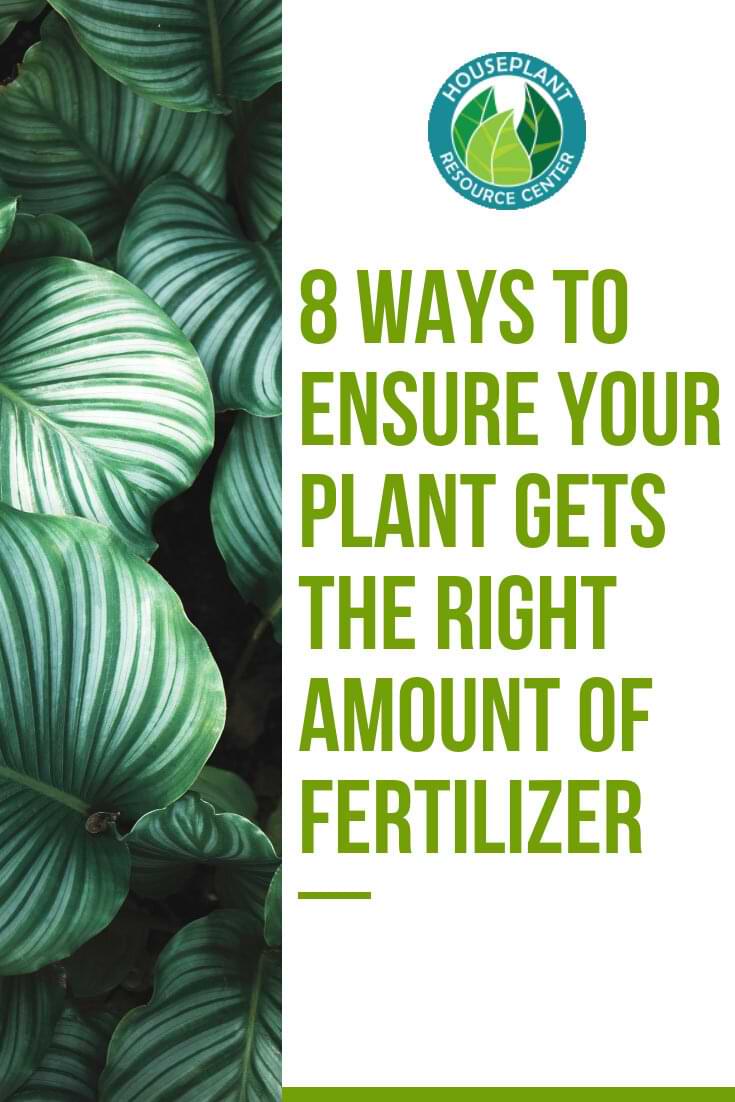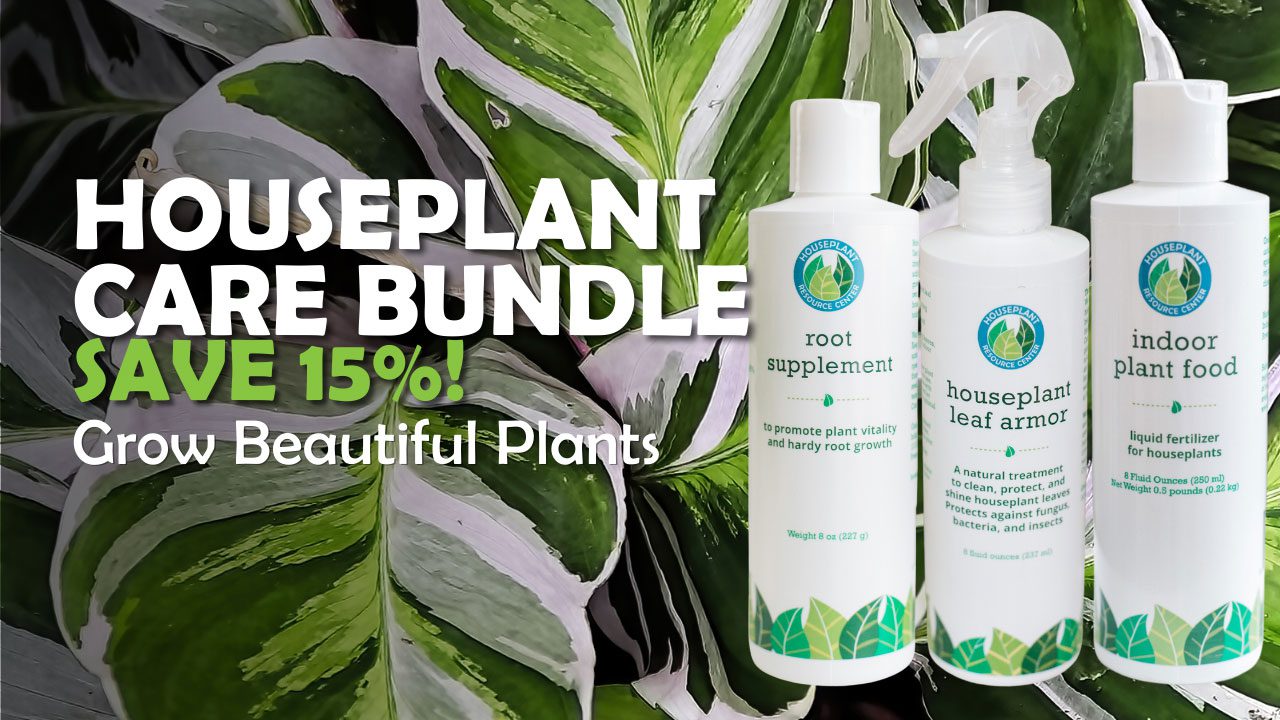Table of Contents
- Here are a few tricks for making sure your plant gets the perfect amount of fertilizer, no trial and error necessary!
- Tip #1: Never combine slow-release fertilizers with soluble fertilizers.
- Tip #2: Don’t use slow-release fertilizer at all unless you really, REALLY know what you’re doing.
- Tip #3: Leach your plants before moving them to drier conditions.
- Tip #4: Always double check your measurements.
- Tip #5: Use pots with drainage
- Tip #6: If you steam your soil and it gets too hot, leach it or let it rest before using it to pot plants.
- Tip #7: Err on the lighter side
How to Make Sure Your Plants Get The Right Amount of Fertilizer
We know that too much fertilizer is dangerous for plants (dehydration and chemical burns are no good!) as well as the common signs that a plant is getting too much fertilizer.
So how do you make sure your plant is getting the right amount of fertilizer?
You could always go with the trial and error method, watch your plants for signs of overfertilization, and perform an emergency leaching at the first sign of trouble, but there are ways to prevent overfertilization without putting your plant in harm’s way!

Here are a few tricks for making sure your plant gets the perfect amount of fertilizer, no trial and error necessary!
Tip #1: Never combine slow-release fertilizers with soluble fertilizers.
While this can be done, we don’t recommend it for anyone but the most experienced houseplant owners. Combining fertilizers just introduces too many variables and makes it hard to gauge how much fertilizer your plant is actually getting.
So just don’t do this. It’ll save you and your plants a lot of trouble.
Tip #2: Don’t use slow-release fertilizer at all unless you really, REALLY know what you’re doing.
Because it takes so long to absorb (which is part of the appeal), it’s hard to tell how much your plant is absorbing and puts your plant at risk. Unless you’re extremely confident, we find it best to just skip slow-release fertilizer altogether.
Tip #3: Leach your plants before moving them to drier conditions.
Leaching: If you’re moving your plants to a drier or brighter part of the room, if you’re about to lighten the watering schedule (like in the winter), or if you’re moving to a drier climate, leach your plant first. That will remove excess fertilizer from the pot before conditions change.
Tip #4: Always double check your measurements.
It’s easy to accidentally add too much fertilizer to your plant or watering can, especially when you’re in a hurry or if you’re trying to eyeball it. Always double check the amount your plant needs and make sure to measure that amount exactly. A little caution makes a big difference!
Tip #5: Use pots with drainage
Drainage holes don’t just ensure that your plants aren’t getting too much water, but also that they aren’t getting too much fertilizer. Proper drainage keeps fertilizer from accumulating, allowing it to flush from the pot during waterings.
Tip #6: If you steam your soil and it gets too hot, leach it or let it rest before using it to pot plants.
Steaming is an advanced houseplant move meant to sterilize potting mix, but if you try it and the soil gets too hot, leach it like you would a potted plant or just let it rest for a couple of weeks.
Tip #7: Err on the lighter side
If you’re still nervous about overfertilizing your plants, just use about a quarter of what the bottle recommends and work your way up if your plants don’t object.
It’s like adding salt to a recipe: it’s better to add too little than too much because it’s easier to add more than to remove the excess. And plants tend to react much better to under fertilization than over fertilization.
Fertilization doesn’t have to be difficult or scary!
If you’re really nervous or if you just don’t want to bother with a ton of measurements, or schedules try our Indoor Plant Food. I was so fed up with traditional fertilizers that I created one that I could use weekly. No more schedules! I just add a little to my watering can when I make my weekly rounds, and my plants love it! It takes the guesswork out of properly fertilizing your indoor plants.
CITATIONS:
- Penn State Extentsion – “Over-Fertilization of Potted Plants” – Gary Moorman, Ph.D
- Kramer, J. 1999. Easy-Care Guide to Houseplants. Creative Homeowner, Upper Saddle River, New Jersey.




